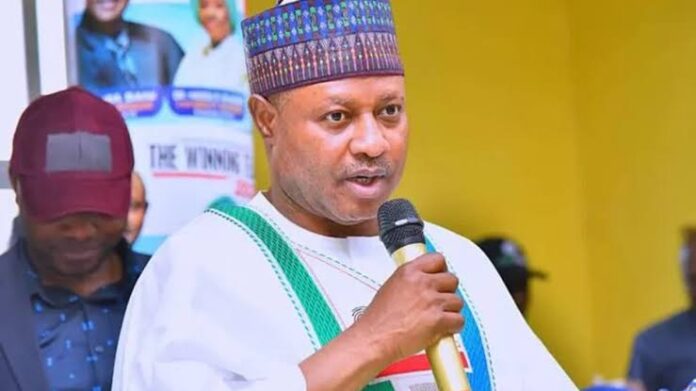Uba Sani, governor of Kaduna state, says he will make the state a model for evidence-driven and people-centred social protection in Nigeria and Africa.
The governor stated this on Wednesday in Kaduna at the launch of the Kaduna State Ultra-Poor Graduation Programme (KADUPG).
He called on citizens to unite in ending poverty in the state.
He said, through the Kaduna State Social Investment Programme Agency (KADSIPA), his administration has created one of Nigeria’s most credible social registers, covering over one million poor and vulnerable households.
“We have worked with various development partners to strengthen the State’s social protection system,” he added, noting that KADUPG will build on these achievements.
According to him, “KADUPG is a groundbreaking initiative that represents not just another government intervention, but a bold step toward transforming lives and building resilience among our poorest and most vulnerable citizens.
“As we launch the Kaduna State Ultra-Poor Graduation Programme today, we are not just starting another project, we are launching a movement, one that will redefine how we fight poverty, empower communities, and measure progress,” the governor said.
Sani noted that despite past efforts, poverty remains a major challenge in the state and across the country.
He lamented that, “Many families continue to struggle daily to meet their most basic needs – food, shelter, education, and healthcare.
“But we also know that poverty is not destiny; it is a condition that can be overcome through strategic, evidence-based, and compassionate policies.”
He assured that KADUPG will focus on those living on less than $3.00 a da, iidentified through the State Social Register.
“It will prioritize women, youth, and persons with disabilities, ensuring that no one is left behind,” he added.
According to the governor, the programme will adopt the “globally recognized Graduation Approach,” tested in countries such as Bangladesh, Ethiopia, Kenya, and the Philippines.
“This model has proven that with the right combination of interventions, cash transfers, financial inclusion, livelihoods training, savings mobilization, mentoring, and market access, even the poorest households can move from dependency to self-reliance within a few years,” he explained.










